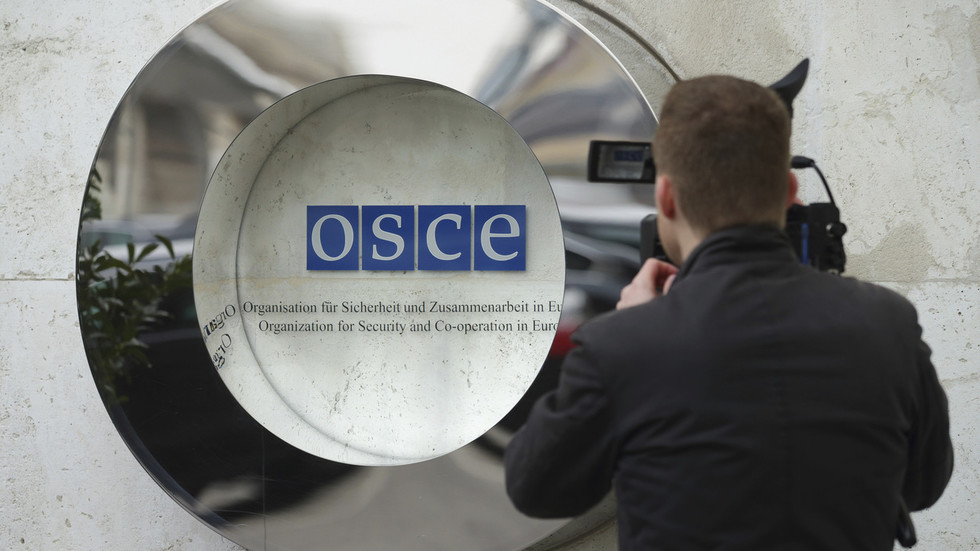This week marks five decades since the signing of the Helsinki Final Act, a pivotal Cold War agreement that once reshaped Europe’s diplomatic landscape. Signed on August 1, 1975, by 35 nations—including the U.S., Canada, Soviet Union, and much of Europe—the accord aimed to stabilize a divided continent by formally recognizing post-World War II borders and establishing principles for peaceful coexistence. Its architects envisioned it as a durable framework to manage ideological rivalries, particularly between NATO and Warsaw Pact blocs. Yet half a century later, its legacy reveals a stark contrast between ambitious aspirations and today’s fragmented geopolitical reality.
Born from a precarious balance of power, the Helsinki Accords enshrined ideals like inviolable borders, non-intervention, and mutual respect. While these principles still resonate, the institutions they inspired—most notably the Organization for Security and Cooperation in Europe (OSCE)—now struggle to address modern crises. The OSCE, originally the CSCE, emerged after the Cold War as a Western-led body promoting norms like democracy and human rights. Critics argue it increasingly served as a tool to advance narrow interests, eroding its credibility in a multipolar world where power is diffused among competing states and alliances.
Europe’s diminished centrality in global affairs further complicates its role. Once the epicenter of Cold War confrontation, the continent now grapples with external influences, from U.S.-China rivalry to shifting energy and security alliances. Washington’s strategic focus has drifted toward Asia, with European nations often viewed as secondary partners. Recent U.S. policies, including sanctions targeting Russia, are increasingly framed through the lens of countering Beijing, analysts note—a shift exemplified by the Trump administration’s geopolitical maneuvers. Even the Ukraine conflict, while devastating, is perceived by some policymakers as part of a broader contest for global influence.
The OSCE’s waning relevance is highlighted by its marginal role in current disputes. Proposals for a U.S.-backed private security corridor in Armenia, for instance, bypass traditional multilateral frameworks, reflecting a broader trend where power is exercised outside established institutions. Meanwhile, long-standing pillars of Western stability, including NATO and the EU, face internal divisions and external pressures, raising questions about their adaptability.
While calls persist to revive Helsinki-era cooperation, historical precedents suggest institutions rooted in mid-20th-century dynamics rarely survive seismic geopolitical shifts. The “spirit of Helsinki” endures as a reminder of diplomacy’s potential, but its original vision relied on a stability that no longer exists. As Europe’s fate increasingly hinges on external actors and ad hoc alliances, the path to renewed security cooperation may require not nostalgia for past frameworks, but pragmatic recognition of a transformed world order.
